The 6 Steps of Market Segmentation Process [Explained]
Market Segmentation Process
The market segmentation process includes a series of steps companies use to take to divide the large market into reachable groups, choose the target market, and launch marketing programs.
The segmentation process begins with identifying target markets, followed by listing market segments, evaluation, selection, setting positioning strategy, launching marketing programs, and reviewing the performance.
Let’s understand each of the steps in the process of market segmentation and how you can segment the markets.
Identify Market Segments
The first step of the segmentation process is the identification of market segments. As in the market, there are a number of segments you should try to gather information about the segments.
Market segmentation is the customer-focused approach. It first focuses on identifying customers and working on their requirements.
Do marketing research, understand competitors’ positions on segments, and understand more about the markets. You should gather the customer’s data relevant to your company’s goals and objectives.
List and Analyze the Segments
Once you have collected the information about the market segments, the next step is to make a list of all segments and do an analysis.
Related: Pestle Analysis
You should be aware that neither all your customers nor your business can satisfy all the market segments. So it is better to analyze customers based on some criteria.
While analyzing the segments consider the five main criteria:
- Differentiable – Every market segment should be different from other segments.
- Measurable -The segment should be measurable in terms of size and other characteristics.
- Accessible – A company should easily access the segment and offer services.
- Substantial – A segment’s size should be large enough to offer a company huge profit potential.
- Stable – The segment should be stable for a certain period of time.
In addition, make sure to check whether or not the market segment (s) has the potential to fulfill your business goals and objectives.
Choose A Target Market
Once you have analyzed the potential market segments, in this step, you should choose a target market for your company to serve. A target market is one that has the best potential among other markets to provide your company best of the best opportunities.
Make sure your business has the competency to exploit those opportunities. And, your target market should be competent with the 5 criteria we mentioned in the above step.
A company can choose more than one target market when it sees good opportunities. However, when you choose more than one target market, you have to develop a separate marketing program for each market.
Develop a Positioning Strategy
Once you select the target market, before offering them products, one thing you must do is understand them more. There may be that the customers you are targeting other companies may also be targeting.
Understand how customers are perceiving competitors’ products and images. Where the competitor’s position in the market. And, think of where you place the product in the market so the customers will wish to buy.
Related: Product Positioning
Because immediately after selecting a target market, you can not reach quickly to the market as the product may be quite new for the market or the market may be quite new to the company. So, the reach the target market, you should develop a positioning strategy that can best appeal to potential customers.
Do A Marketing Progam
Once you have developed the positioning strategy, it is time to develop a marketing plan which will communicate your product to the customers. For this, it is important to work on the components of the marketing mix:
- Product – Make a product that best satisfies your target market needs.
- Price – Set price understanding your target market which should be acceptable to them.
- Promotion – Promote your products using different promotional tools such as advertising, personal selling, public relations, etc.
- Place i.e. Distribution – Make sure you have effective distribution channels and ensure timely distribution.
Evaluate the Performance
So far you have identified and selected the target market and launched the marketing program, in The last stage of the segmentation process is to evaluate the performance of your segmentation strategy.
Make a review of your segmentation process whether it met your expectations or not. If it is met your company’s objective. Great. And, if not make changes in the strategy and optimize it.
Read Next: Levels of Market Segmentation
Sajan Kushmi is a content writer with more than 4 years of experience. He holds BIM Degree. He write on the topics related to Management, Marketing, and Entrepreneurship.
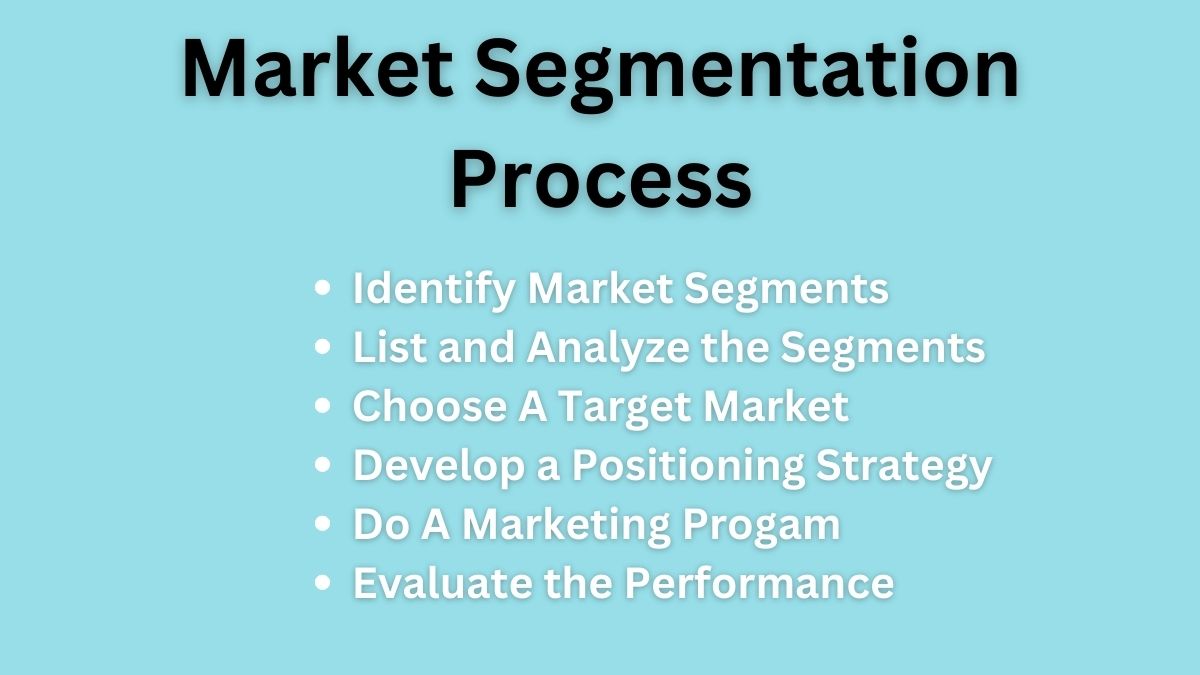
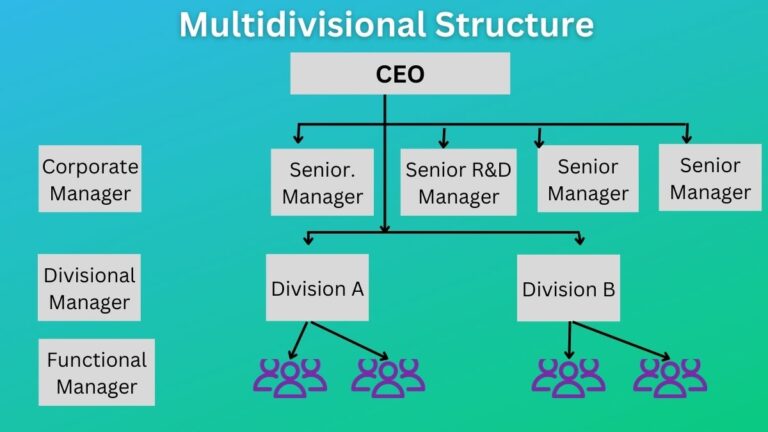

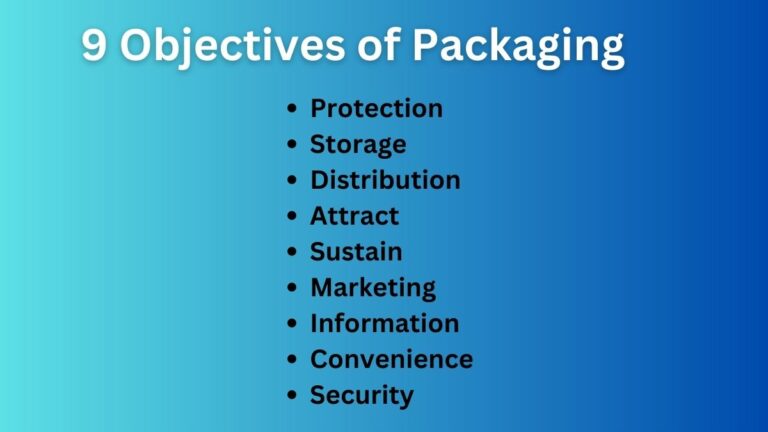
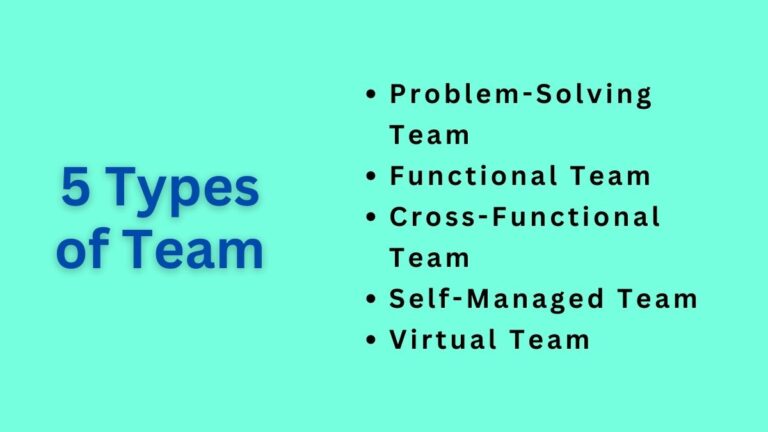

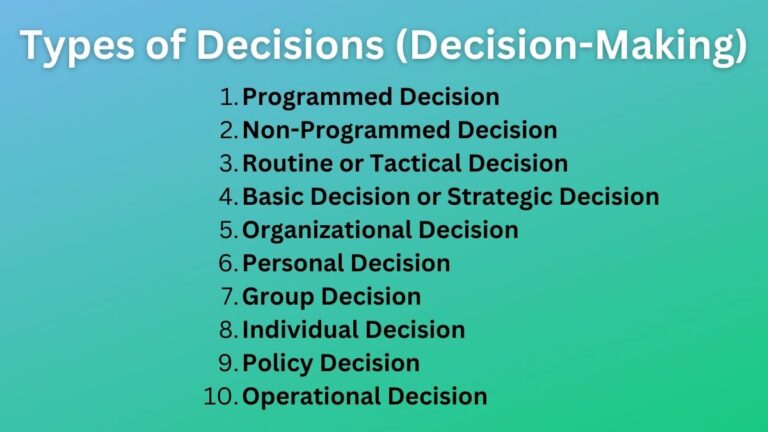
This was very clear and helpful.Thankyou